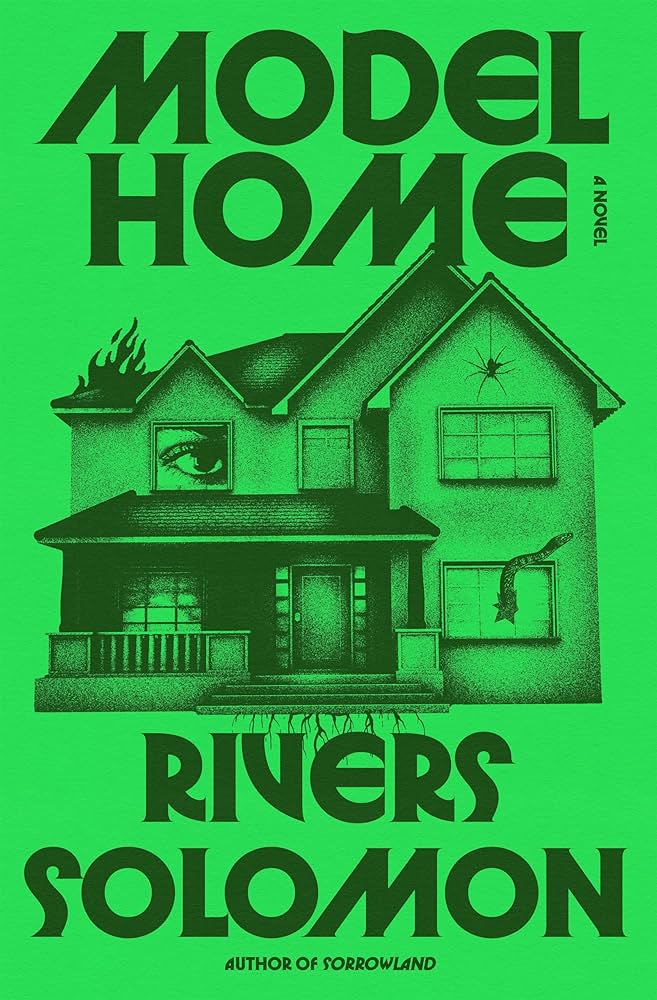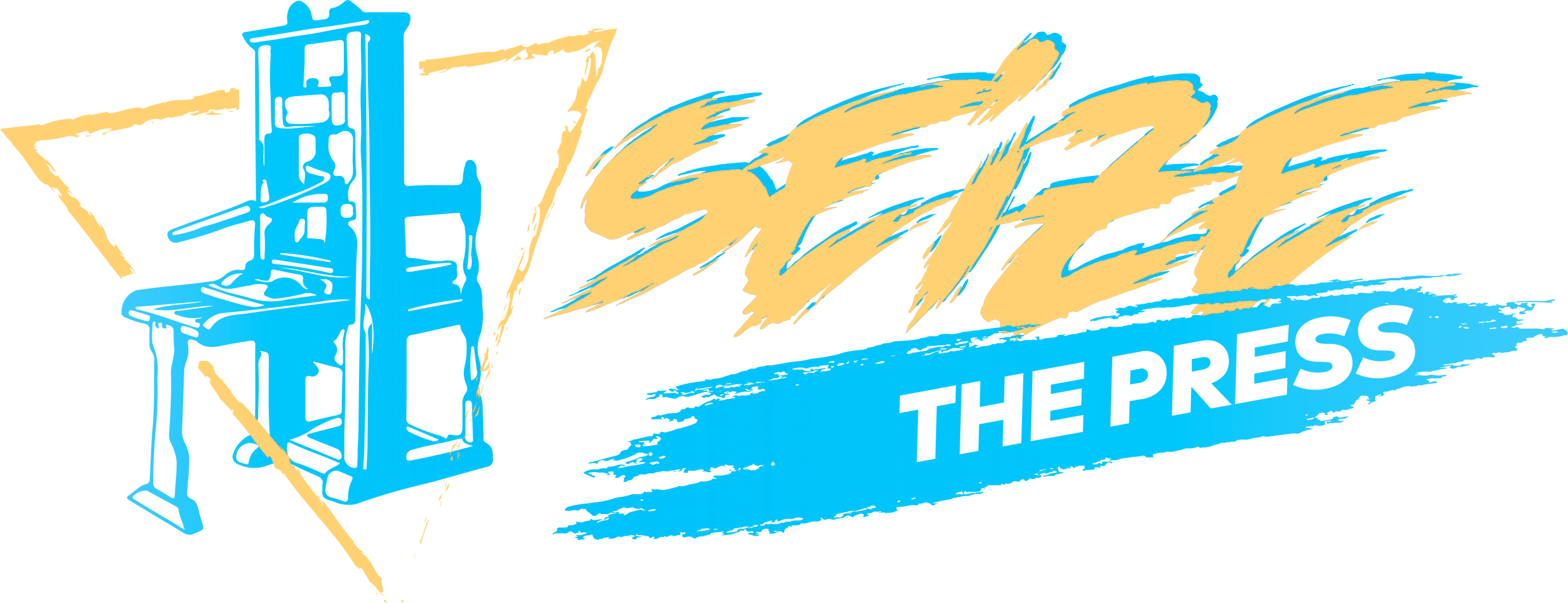We talk about the supernatural often, but the preternatural – the hazy area in between the natural and the supernatural – doesn’t seem to have the same grip on us. In Rivers Solomon’s haunted house novel Model Home, it pops up early on as a logic of white supremacy: “everything whiteness does can be rationalized as good, and everything Blackness does can be rationalized as preternaturally evil.” This sense is a borrowing from Christian theology, where it’s used to distinguish between the miraculous powers derived from God and the un–natural trickery of demons, especially in terms of things that initially appear supernatural but actually belong to a more mundane realm. Of course, it’s white supremacy that’s actually an evil force pretending to a naturalness it doesn’t deserve – “Whiteness is deadness,” the text notes elsewhere. Model Home excellently portrays the effects of the evil of white supremacy on a fully-realized cast of characters dealing with a haunted home, but what are we to make of the novel’s approach to the natural, the preternatural, and the supernatural?

Model Home is the story of the Maxwell siblings: main character Ezri and their sisters Eve and Emmanuelle, called home, after years of estrangement, to the McMansion they grew up in. The Maxwells were the lone Black family in their affluent Dallas suburb, miserable but trapped there by the iron will of their mother, adamant and unyielding in her devotion to respectability politics in the face of the preternatural evil of white supremacy. The novel, told in the present day and in flashbacks to the siblings’ childhood, opens with a pair of text messages: one from Eve telling Ezri they need to come home following the mysterious death of their parents, immediately following one from Nightmare Mother, the woman without a face, the ghost that plagued their childhoods: “Children, I miss your screams. Come play.”
With Ezri and their daughter Elijah back home in Texas, the book traces out the complicated dynamics of the family, and Solomon’s character work is the great strength of the novel. Ezri, the oldest, genderfluid, possibly intersex, autistic and prone to retreating from the world, fled to Oxford for college some two decades ago and never returned. Eve, the stable, dependable one, acted as the oldest child in their stead, while Emmannuelle, the baby, has become a self-affirming Instagram influencer. That fact pops up several times, but it’s one of the few modern-day cultural artifacts of the novel, which is much more interested in the Y2K-era pop culture of Ezri’s late childhood.
Ezri’s conversations with their therapist intersperse the text (told without quotation marks, as are the flashbacks, melding both with Ezri’s interiority and perhaps indicating the diegetic source of the narrative) and at points the novel is caught between Solomon’s tendency to the poetic and a clunkier, therapy-derived vocabulary. “The realization that validation of the pain will never come from those who inflicted the pain has the power to obliterate,” the narrative tells us (Ezri tells their therapist?). It lends an awkwardness to the prose, but Solomon captures quite well the traumatic psychological effect that whiteness has had on these characters, all scarred as well by the cruelty their mother wielded as reflexively and expansively as love. (Their father, meanwhile, was absent more often than not, a fact nicely emphasized by a single chapter focused on his disassociation from their lives). For Ezri, this trauma is compounded by their “gender-brokenness” (as Eve has it), their neuroatypicality, their fraught relationship to parenting. This is a novel that fully captures many of the banal evils of the world we live in, of the dilemma of family/home as something to run to and something to escape from.
But, as a haunted house novel, it fails. For much of the book, the house and its hauntings are confined to flashbacks, but even these tend to focus on the aftermath, the actions of Nightmare Mother remembered after the fact; the actual scenes of horror doubly removed and distanced. At the climax of the book, the haunting starts to come to the foreground in the present day, with some effective scenes of incipient terror as the siblings enter the newly-empty home to find – but to continue this discussion I’m going to have to bring the ending of the book in, so be warned, that if you’re the kind of person who cares about spoilers, here come the spoilers…
To find that there is no haunting, nothing supernatural; only a white neighbor who spent Ezri’s childhood drugging, sexually assaulting, and gaslighting them. The book itself is fully preternatural: we have been tricked into believing anything beyond the bounds of nature has taken place.
It’s not uncommon, in stories of hauntings, to have an explanatory struggle between a supernatural cause and an unreliable (most often lazily expressed as “mentally ill”) narrator or protagonist. What’s unusual here is the definitive landing, by means of a villainous monologue, on the latter explanation. Everyone else, except for their deluded baby sister, knew Ezri’s supernatural narrative was fake. The middle sister knew it. The parents knew it, and always blamed Ezri for the dead pets, destroyed belongings, suicide attempts while “possessed.”
It’s also not uncommon, in the Gothic, for the supernatural to give way to the preternatural. Model Home, with its tense, anxiety-inducing combination of the weight of history and claustrophobic enclosure, is certainly a Black Gothic work (which Leila Taylor, in her fascinating memoir/cultural history Darkly, ties to “an extra layer of oddity on top of an already marginalized group, [flying] in the face of ‘respectability politics’, which is Ezri to a T). Why, then, did this reveal strike me as such a deflation of the narrative?
On the one hand, I appreciate that this brings a sense of clarity to the very real terror and stress and gaslighting inflicted on Black people by white supremacy, but on the other hand, I think that by removing the metaphorical power of the haunting and landing instead on the actions of one particularly twisted megalomaniac, the book does its readers a disservice. It gives them an easy answer, an individual to blame, a single clear, despicable villain who can be defeated and dismissed. (This is to say nothing of my own generic preferences for the hazy and ambiguous, which I’m trying [desperately] not to prioritize here.)
Ezri, at one point, tells their therapist that “when we speak of a house that’s haunted, all we are speaking of is a house that is violent, and many houses are violent” – run-down, mold-infested, unsafe and precarious. This is apt, and important, and speaks to the power of the metaphor that the book chooses to dispense with. One wishes the book had kept the metaphorical haunting and real psychological violence of the white supremacist suburbs rather than the unpleasantly jarring X-rated Scooby Doo reveal, which lends an air of absurdity to something that deserves the utmost seriousness (or, at least, a leaning-in to the absurdity). There’s a dual letdown in the evacuation of menace from the un-haunted house, the physical structure, and in the collapse from the structural critique to the individual. The seemingly-supernatural aspects of the novel feel halfhearted, and in the end we understand why, but that doesn’t make the slightness of their presentation any less disappointing. Coupled with Solomon’s expert psychological writing, that lack of commitment gives the narrative something of an impression of an internal struggle much like Ezri’s own. Solomon excels at portraying the latter; it’s a shame the structure of the novel’s haunting was so much weaker.
Zachary Gillan
Zachary Gillan (he/him) is a critic of weird fiction residing in Durham, North Carolina. He’s an editor at Ancillary Review of Books, the book reviewer for Seize The Press, and his work has appeared in Strange Horizons, Los Angeles Review of Books, Interzone, and Nightmare Magazine, among others. He can be found at doomsdayer.wordpress.com and @megapolisomancy.bsky.social
